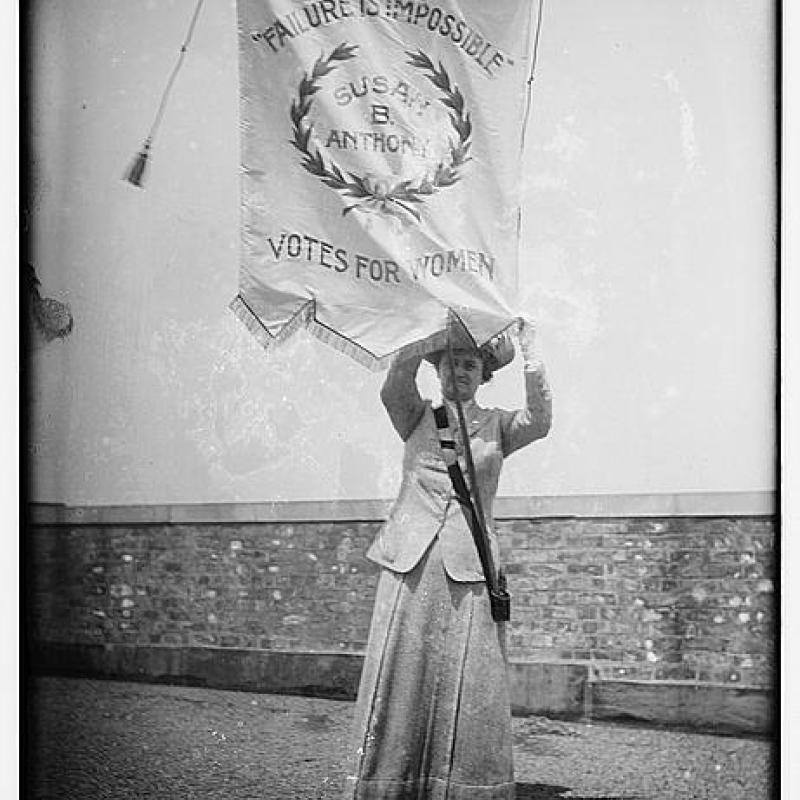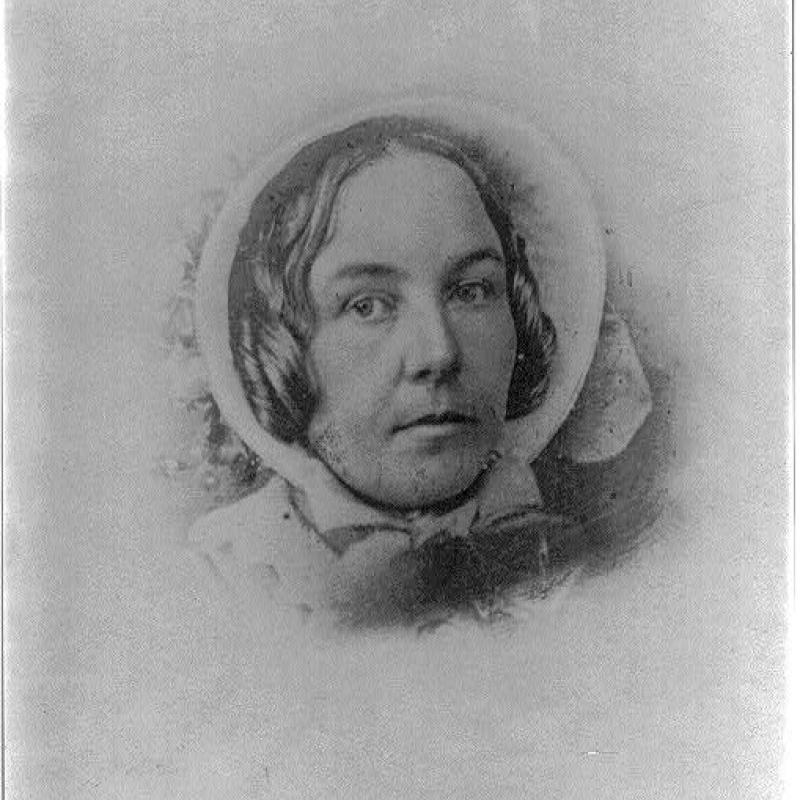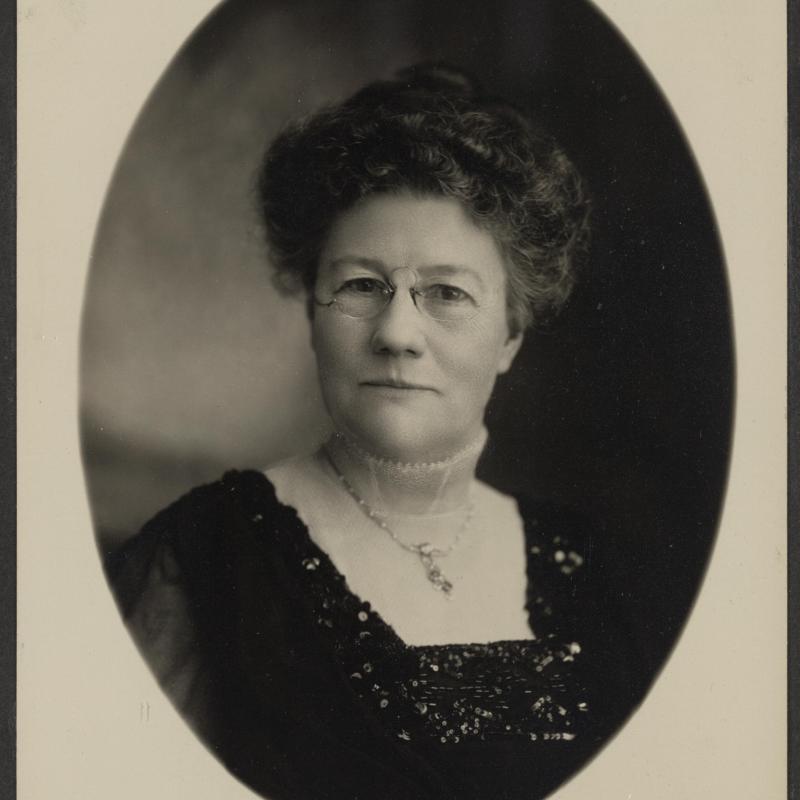The History of Women's Suffrage
The History of Woman Suffrage is an account of the efforts of members of the women’s rights movement in America to acquire for women the right to vote. The History as a whole is composed of six volumes of work; our collection includes the fourth volume.
While the first three volumes were the work of Susan B. Anthony, Elizabeth Cady Stanton, and Elizabeth Joslyn Gage, the last three volumes were primarily the work of the fourth editor, Ida Husted Harper. All four of these women played important roles in the women’s suffrage movement, but Anthony and Stanton are generally regarded as the two most important.
The first volume of the History of Woman Suffrage was published in 1881, but the sixth and final volume was not published until 1922. The fourth volume, which is the volume included in our collection, was published in 1902.
Our copy of the fourth volume of the History includes an inscription by Susan B. Anthony, who along with Elizabeth Cady Stanton was one of the two most important figures in the movement.
Quick Look
Who: Susan B. Anthony, Elizabeth Cady Stanton, Ida Husted Harper, and Matilda Joslyn Gage.
Why: The History of Woman Suffrage is an attempt to relay the history surrounding the women’s suffrage movement in America.
When: 1902
Publishing information: The History of Woman Suffrage, edited by Susan B. Anthony & Ida Husted Harper. Volume IV, 1883-1900. Rochester, NY: Susan B. Anthony, 1902. With handwritten inscription from Susan B. Anthony to Miss Mariana T. Folsom, June 1, 1903.
Susan B. Anthony
Elizabeth Cady Stanton
Ida Husted Harper
Learning Activities
According to Elizabeth Cady Stanton’s biographer Laura Curtis Bullard, both Stanton and Athony were key figures in the women’s suffrage movement, but they contributed to that movement in rather different ways. Stanton’s contribution, according to Bullard, was the “philosophy and rhetoric” of the movement. Anthony’s contribution was with organization and management.
Looking at these two types of leadership: which kind of leader are you? What are the advantages and disadvantages of each type? What are the points of tension between them, and what is the best way to harmonize them?



